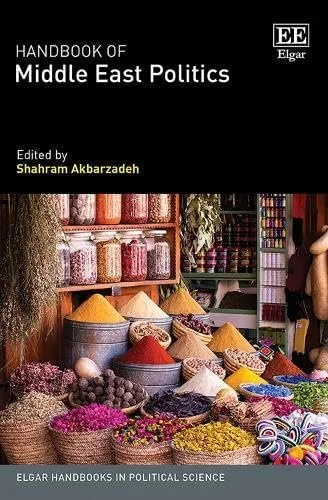External powers in the Middle East: views from within the region
HANDBOOK OF MIDDLE EAST POLITICS
How are external powers perceived in the Middle East? How have regional states responded to their agendas? Such questions are pertinent given the increasingly multipolar nature of both global and regional politics. To address them, after this introduction, the chapter’s first main section summarises the current state of the Middle East today (including the role of its hegemonic power, the United States) and the foreign policy positions of the principal regional powers in relation to their security concerns and each other. The second section then sets out the stance of the other significant external Western and non-Western powers in the Middle East today, and the response by regional powers. The concluding section notes that the American decline has been relative rather than absolute, and that it remains the preponderant external power for now. However, the multipolar nature of global and regional international systems has meant that states have sought to spread risk and pursue any opportunities available to them, which has resulted in a policy of strategic ambiguity, or ‘hedging’. Moreover, this looks set to continue, so long as the region remains both unstable and its future uncertain.
…
TO READ THE CHAPTER, CLICK HERE.
